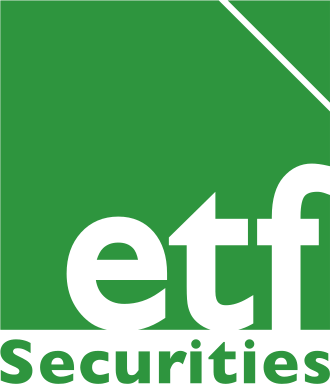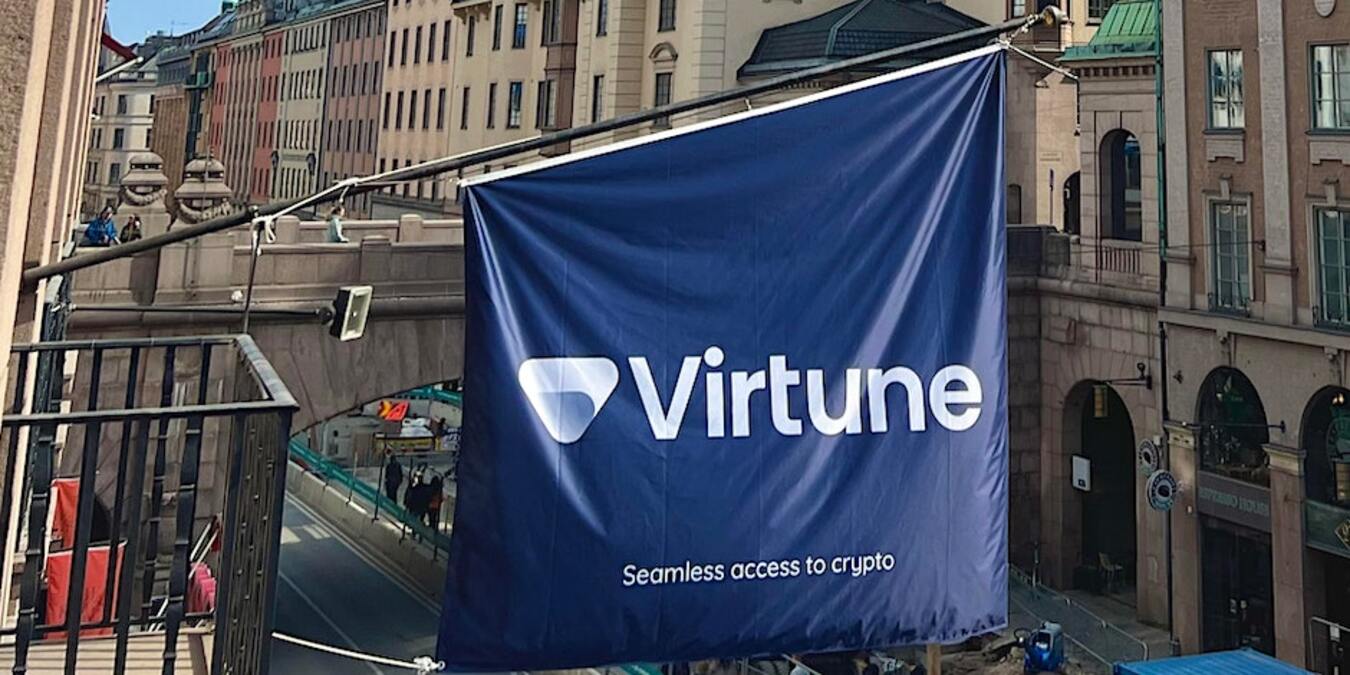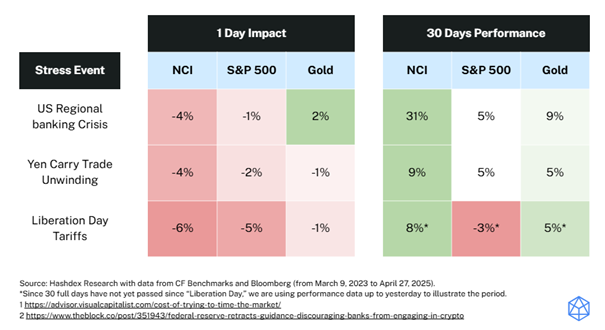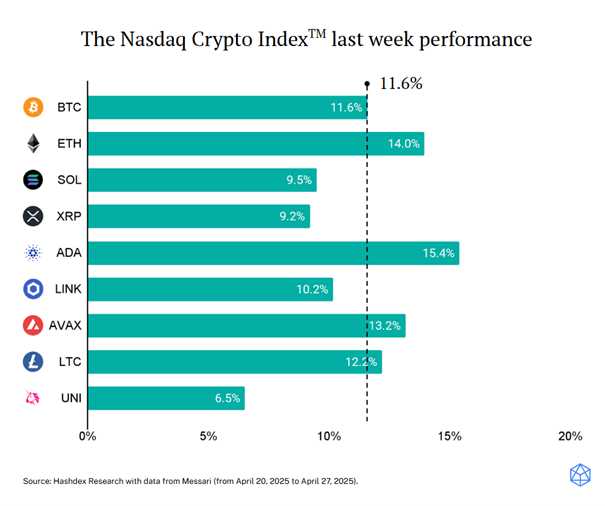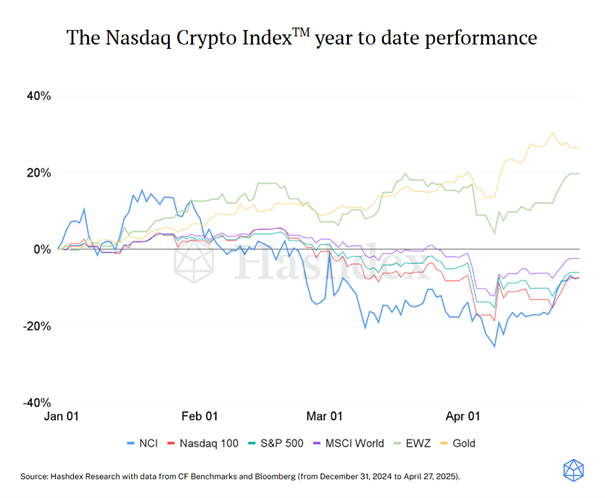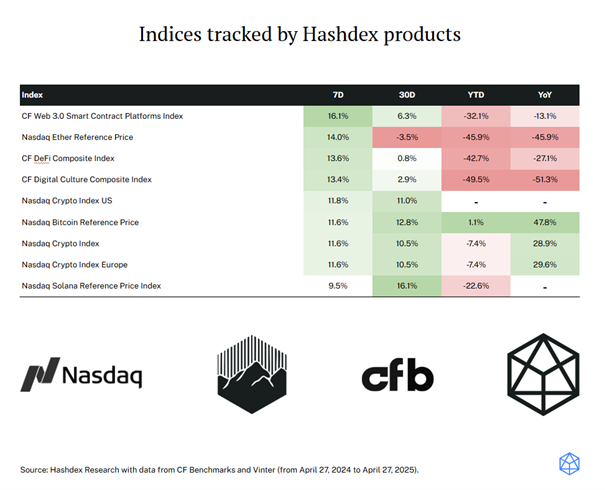ETF Securities Equity Research Macro backdrop favours Australian equities but headwinds linger
Highlights
- Revival in commodity prices has improved the macro outlook for Australia’s export driven economy.
- Positive inflation expectations globally spurred by the repricing of US inflation and rising oil prices will lead to a recovery in wage growth in Australia, helping boost consumption.
- The Fed model acts as a contrarian indicator for Australian equities and highlights further upside for stocks.
- The contribution of a minority of companies in the energy and mining sector have caused the dividend payout ratio to appear unrealistically higher.
Commodity upswing benefits macro outlook
Rising commodity prices in 2016, in particular iron ore (+80%) and coal (+300%), have pushed Australia’s trade balance into surplus for the first time since 2014. The improved terms of trade (export prices relative to import prices) will support domestic demand. However since the rise in exports was due to a rise in prices rather than volumes, it is unlikely to translate into higher real Q4 GDP growth. We view the contraction of Q3 2016 GDP as temporary and expect to see a pickup in housing, Liquid Natural Gas (LNG) supply, small business profits and retail sales to restore Q4 2016 GDP growth.
Click to enlarge
The base effects of higher fuel prices will drive headline CPI inflation higher, currently at 1.3%, towards the Reserve Bank of Australia’s (RBA) 2-3% target by Q1 2017. Furthermore, the re-pricing of US inflation subsequent to Trumps presidential victory and his pro-growth policies has raised inflation expectations globally.
Click to enlarge
This should alleviate some of the downside risks posed by prior weak inflation expectations and generate a recovery in wages. We are now starting to see a gradual rise in real wage growth since the latter half of 2015. Total household debt is excessive at 186% of income on average, its highest level since 1977. For this reason, a revival in wage growth is the key to underpin consumption, known to account for 56% of economic activity.
Stability in China is pivotal for trade
The Chinese economy picked up pace during 2016 owing to increased infrastructure spending and a buoyant property market. Chinese strength is best evident in Australia in the strong demand and pricing of bulk industrial commodities, bearing in mind they are by far its biggest trading partner worth 30% of exports. However, Donald Trump’s presidency raises the potential for a rise in US-China trade friction and attempts to threaten the outlook for Australian exports. On the positive side, demand for tourism and education services in Australia might get a boost, as an alternative to the US should these frictions materialise.
Rebalancing economy
There are signs that other sectors of the economy are moving out from the shadow of the resources sector. We expect to see the benefits of accommodative monetary conditions and the weaker Australian dollar to bolster the competitiveness of non-resource exports across tourism, education and services.
Click to enlarge
Fed model acts as a contrarian indicator
The combination of an improved macro outlook supported by higher material prices and the global reflation theme have helped swing Australian corporate earnings growth forecasts for 2017 back to positive territory after stagnating for 2 years. However a careful look at valuations suggest Australian equities are not cheap. The cyclically adjusted price to earnings (CAPE) ratio for the MSCI Australia Index at 18.3x is at the benchmark’s long-term median CAPE at 18x. The chart below depicts the Fed model (based on the ratio of forward equity earnings yield and 10-year government bond yields) as a contrarian indicator for Australian equities. As the ratio trends downwards (suggesting bonds favoured over equities), Australian equities tend to outperform. Currently the ratio at 1.36 has been steadily declining and is reverting to its long-term median of 1.31 signifying further upside for Australian equities.
Higher yields drive momentum
Dividend yields have been the main driver of short and medium term returns of the Australian equity market. Australian companies’ dividends are high by international standards, yielding 5.6% on average. Domestic investors and pension funds rely heavily on the Australian equity markets as a source of income as they benefit from franked dividends, an agreement in Australia eliminating the double taxation of dividends.
More importantly, data from the Australian Bureau of Statistics (ABS) reveals that the percentage of the population that is in retirement i.e. aged 65 years and above grew by 37% since 2006. ABS has projected that this segment will rise 21% by 2023. Given this structural demographic shift among the investor base, we expect the demand for high yielding equities to persist as the aging population seek to generate more stable income.
Dividend payments are sustainable
In 2016, the dividend payout ratio (that measures the proportion of a company’s earnings paid to investors as dividends) attained its highest level at 190% in more than a decade. Implying that Australian companies were paying more than they earned. This raised concerns on the sustainability of ongoing dividend payments. However, we found a minority of companies in the energy and mining sectors skewed the ratio higher. On stripping out their contribution to the overall ratio, we got a more realistic value of 78%, which did not have a material impact on the dividend yield of the index.
In addition, on analysing the combination of dividends paid and share buybacks as a percentage of free cash flow, we noted buybacks were a small portion of the total amount, rendering dividend payments not as stretched.
Click to enlarge
In fact, the rise of the dividend payout ratio was an outcome of the reduced profitability of mining and energy firms as opposed to an increase in dividend payments. This helped reinstate our view that the durability of future dividend payments remains intact.
Important Information
General
This communication has been issued and approved for the purpose of section 21 of the Financial Services and Markets Act 2000 by ETF Securities (UK) Limited (“ETFS UK”) which is authorised and regulated by the United Kingdom Financial Conduct Authority (the “FCA”).
The information contained in this communication is for your general information only and is neither an offer for sale nor a solicitation of an offer to buy securities. This communication should not be used as the basis for any investment decision. Historical performance is not an indication of future performance and any investments may go down in value.
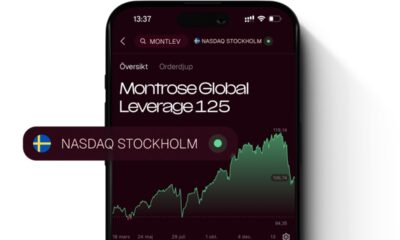
 Nyheter4 veckor sedan
Nyheter4 veckor sedan
 Nyheter4 veckor sedan
Nyheter4 veckor sedan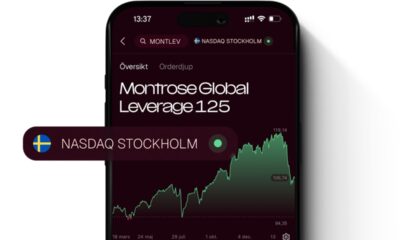
 Nyheter4 veckor sedan
Nyheter4 veckor sedan
 Nyheter3 veckor sedan
Nyheter3 veckor sedan
 Nyheter3 veckor sedan
Nyheter3 veckor sedan
 Nyheter4 veckor sedan
Nyheter4 veckor sedan
 Nyheter3 veckor sedan
Nyheter3 veckor sedan
 Nyheter2 veckor sedan
Nyheter2 veckor sedan
